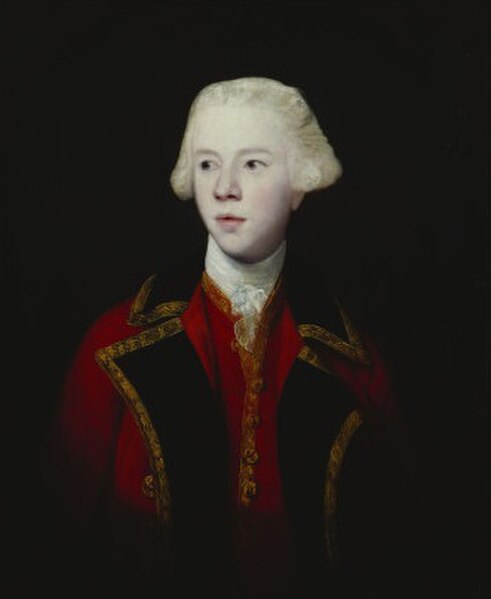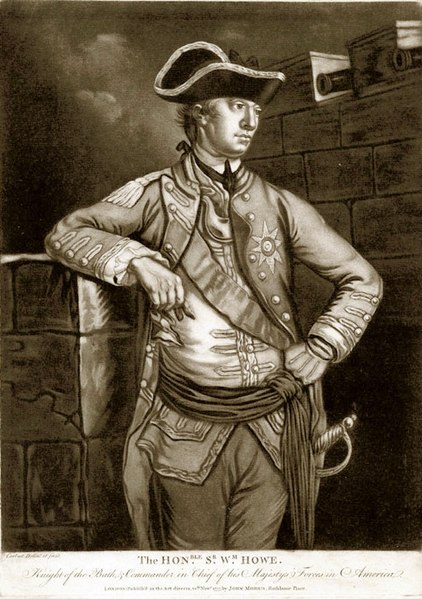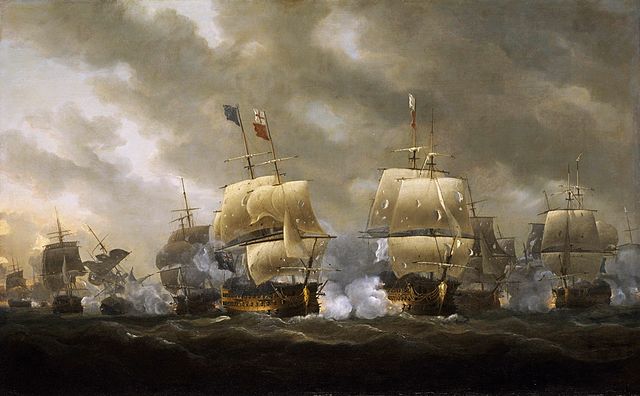Earl Howe is a title that has been created twice in British history, for members of the Howe and Curzon-Howe family respectively.
The first creation, in the Peerage of Great Britain, was in 1788 for Richard Howe, 4th Viscount Howe, but it became extinct upon his death in 1799. The second creation, in the Peerage of the United Kingdom, was in 1821 for Richard Curzon-Howe, 2nd Viscount Curzon, and it remains extant.
General George Howe, 3rd Viscount Howe
Richard Howe, 1st Earl Howe
William Howe, 5th Viscount Howe
Richard Howe, 1st Earl Howe
Admiral of the Fleet Richard Howe, 1st Earl Howe,, was a British naval officer. After serving throughout the War of the Austrian Succession, he gained a reputation for his role in amphibious operations against the French coast as part of Britain's policy of naval descents during the Seven Years' War. He also took part, as a naval captain, in the decisive British naval victory at the Battle of Quiberon Bay in November 1759.
Richard Howe, painted by John Singleton Copley, 1794
Lord Howe on the Deck of the 'Queen Charlotte', 1 June 1794, by Mather Brown
The Battle of Quiberon Bay by Nicholas Pocock. Howe took part in the battle as a captain. The overwhelming British victory at Quiberon Bay ended the prospect of a French Invasion of Britain or Ireland.
The arrival of British troops in New York in 1776







